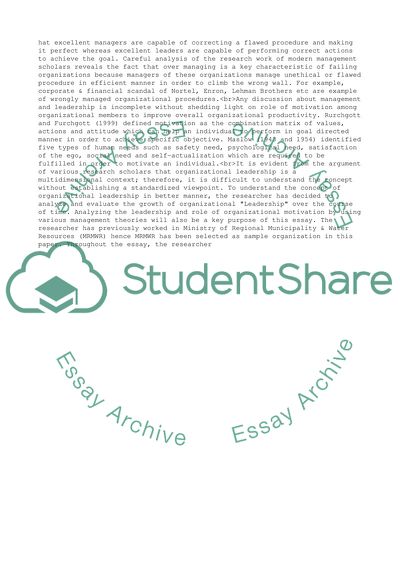Cite this document
(Managing in Organizations Essay Example | Topics and Well Written Essays - 4000 words - 1, n.d.)
Managing in Organizations Essay Example | Topics and Well Written Essays - 4000 words - 1. https://studentshare.org/management/1802643-managing-in-organizations
Managing in Organizations Essay Example | Topics and Well Written Essays - 4000 words - 1. https://studentshare.org/management/1802643-managing-in-organizations
(Managing in Organizations Essay Example | Topics and Well Written Essays - 4000 Words - 1)
Managing in Organizations Essay Example | Topics and Well Written Essays - 4000 Words - 1. https://studentshare.org/management/1802643-managing-in-organizations.
Managing in Organizations Essay Example | Topics and Well Written Essays - 4000 Words - 1. https://studentshare.org/management/1802643-managing-in-organizations.
“Managing in Organizations Essay Example | Topics and Well Written Essays - 4000 Words - 1”. https://studentshare.org/management/1802643-managing-in-organizations.


